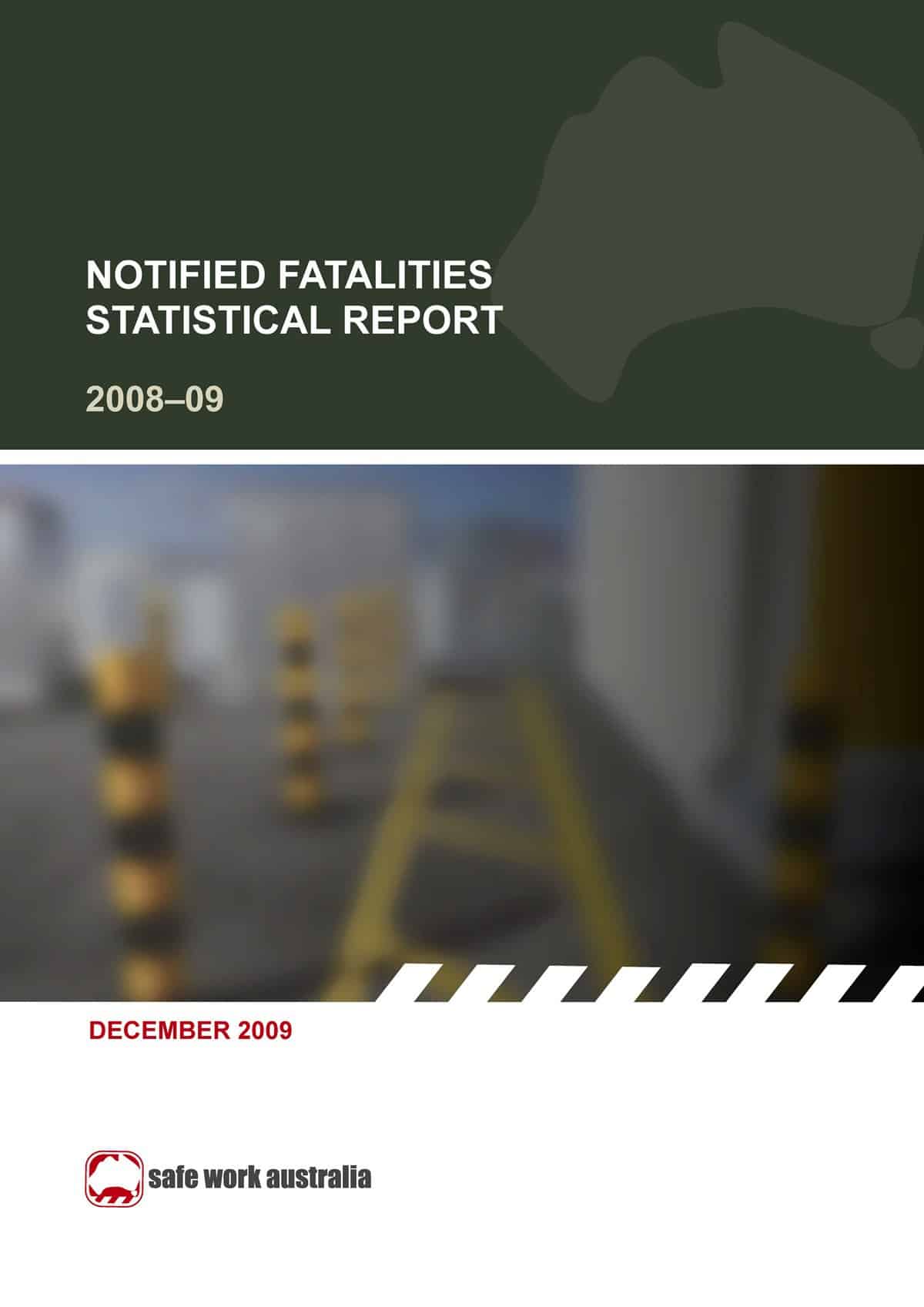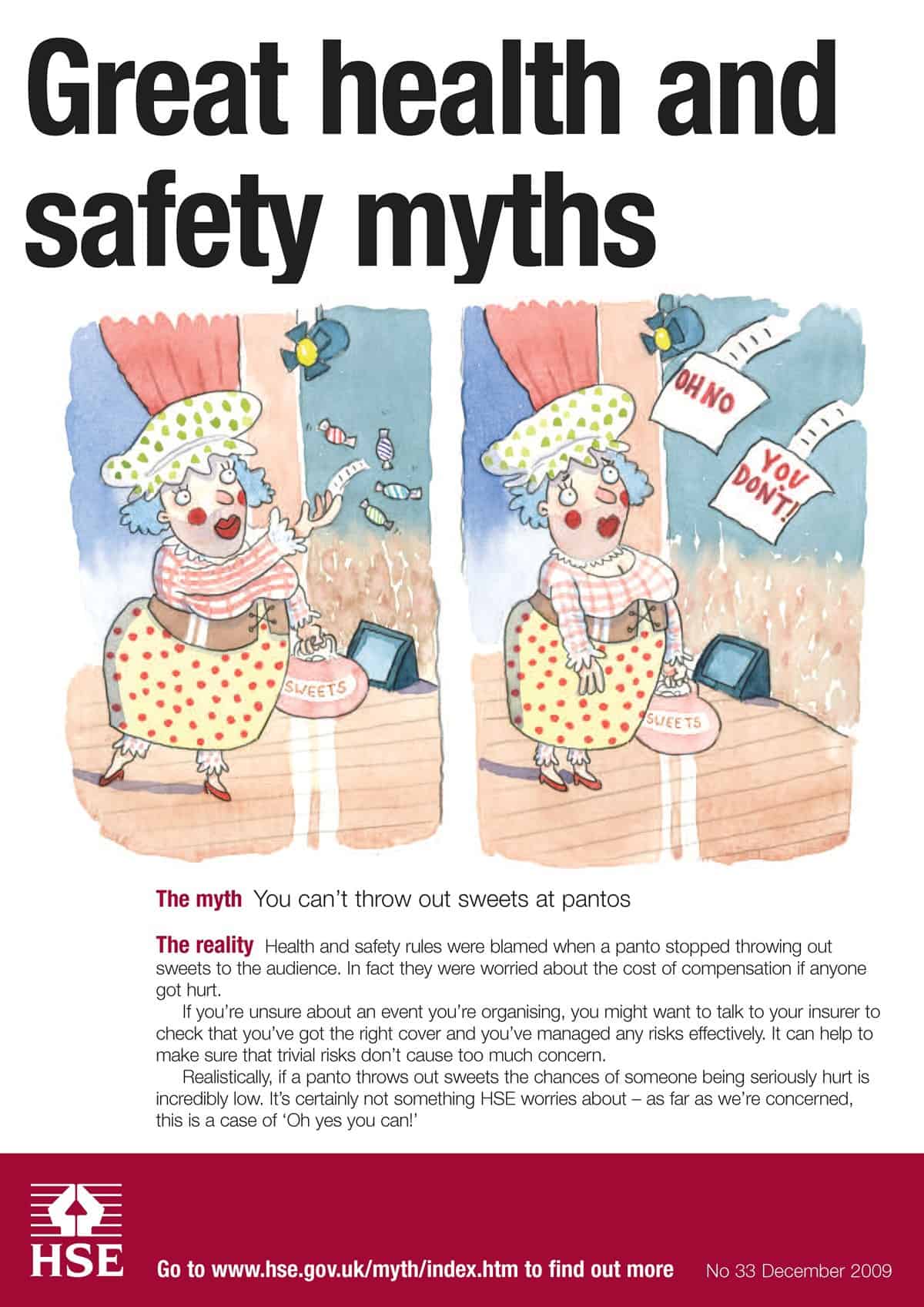Mainstream press around the world reported on the fire in a Russian nightclub over the weekend in which 100 people were killed. One report says the nightclub owner has been arrested quotes the Russian President Dmitry Medvedev as saying
“All that has happened can only be described as a crime….I think this is absolutely clear….You have noted that a criminal investigation has been launched. This is not a premeditated crime, but that does not reduce the gravity of the consequences. A huge number of people were killed.”
The fire reportedly started when stage pyrotechnics set fire to the ceiling.
Some readers, particularly in the United States would see distinct similarities with the February 20 2003 in which 100 people were killed and over 200 injured. A fire, also started by stage pyrotechnics, occurred in the Station nightclub on Rhode Island. That whole event was captured on video. The band’s tour manager who started the pyrotechnics, Daniel Biechele, was charged with 100 counts of involuntary manslaughter, pleaded guilty and served 4 years of a 15 year jail sentence.
The nightclub owners did not contest their charges and received similar sentences to Biechele. Civil penalties added up to around $US175 million.
Given that the Station fire was six years ago, it is hard to understand why any nightclub would even consider using such stage pyrotechnics.
Other nightclub fires should not be forgotten although they received less coverage in the Western media. Those with which SafetyAtWorkBlog is familiar include the 2002 fires in the Caracas nightclub, La Guajira where 47 people died, mainly from smoke inhalation. Rumours had it that the nightclub had exceeded its allowable client limit. Investigations showed that fire exits were not clear and the fire extinguishers were inoperative.
Although there are several incidents going back to the 1970s one that received a huge amount of attention was the December 30 2004 fire in the Republica Cromagnon nightclub in Buenos Aires. (The Wikipedia entry for this incident has a very good list of similar incidents)
The Republica Cromagnon nightclub had several of its doors shut with wire or padlocks. The nightclub had 4,000 patrons in a premises licensed for 1,100. Initial reports said that 715 people were injured and over 190 died from a fire that was started by a flare.
The incident generate three days of rioting and street protests of thousands of people, many were relatives of the dead.
In this case, not only were the club’s owners jailed on murder charges but city building inspectors and police officers were charged with manslaughter and corruption. The inspectors allowed the nightclub to operate with inadequate safety standards. The police accepted bribes from the owners and did not report the overcrowding or use of flares.
In November 2005, the mayor Buenos Aires, Anibal Ibarra, was suspended from office after the legislature voted to impeach him over issues related to the Republica Cromagnon fire.
Managing safety in nightclubs is a complex business as the industry overlaps many jurisdictional areas from workplace safety to building design to security to emergency response. As the world moves towards the main season of celebrations with Christmas, New Year and others it is worth considering some of the more useful OHS guidelines for nightclub operation, even though such measures should have been considered well before now.
Going from the violations related to the Rhode Island fire by OSHA it would be expected for a nightclub owner to
- Remove any highly flammable materials from the interior of the structure
- Make sure that exit doors are visible at all times
- have a written emergency action plan
- have a written fire prevention plan
- nominate and train staff to assist in a safe and orderly evacuation of other employees
- review fire hazards with employees.
Seattle has a nightclub patron safety handout.
One guide from Virginia specifically references the Station nightclub fire.
The Health and Safety Executive has a guide to assessing risks in nightclubs as well as general OHS advice for the hospitality and leisure industries.
WorkSafe Victoria has a guide on crowd control which may also be useful
Many local jurisdictions have guidelines, or the industry itself has developed guidelines, to assist in the management of nightclub crowds. SafetyAtWorkBlog urges owners and staff to undertake reviews prior to peak times.





